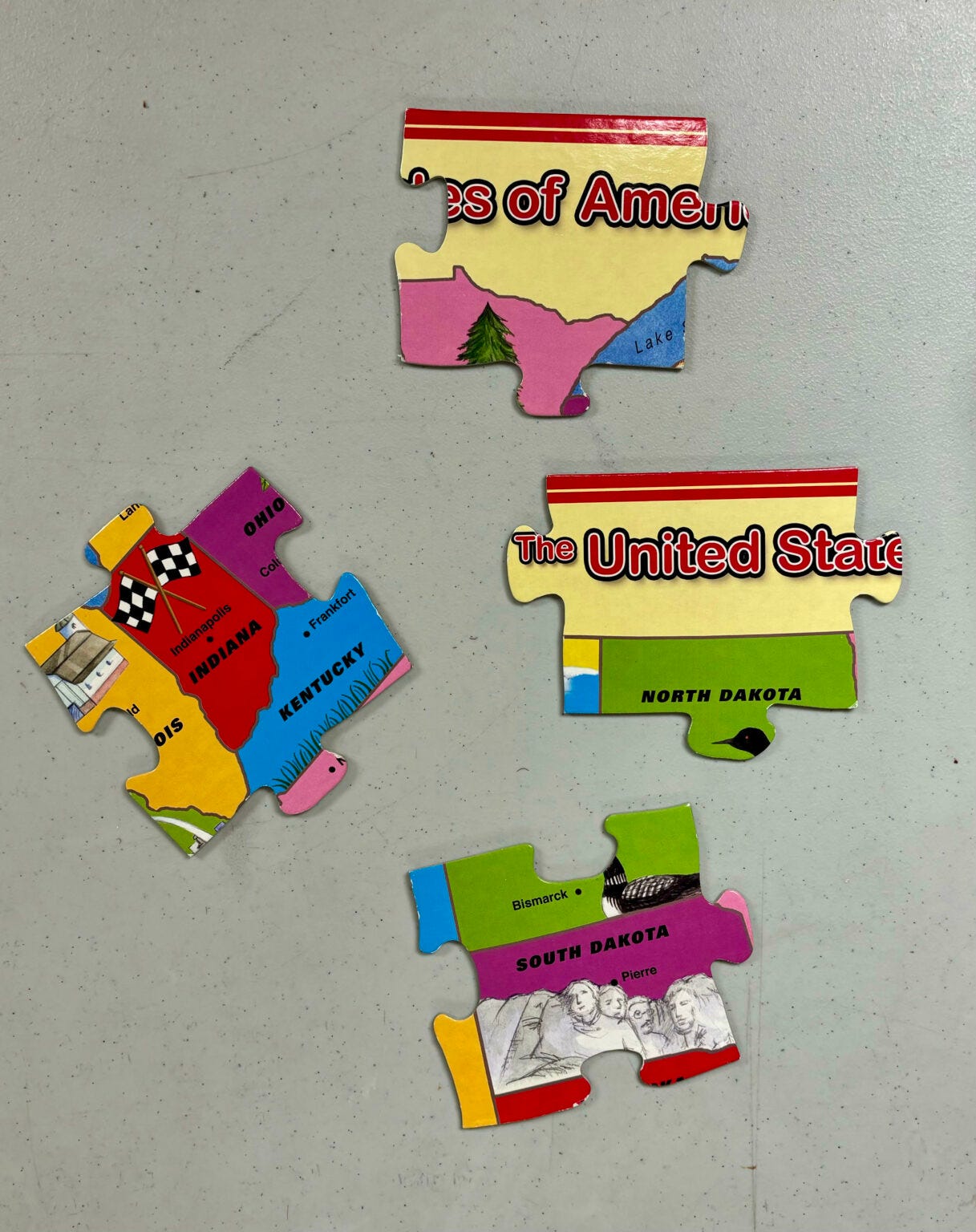Students Need the Essential Pieces Before They Can Figure Out the Puzzle
When my children were young, they adored puzzles. We’d spend hours on wooden puzzles that taught them their numbers and letters and floor puzzles that sparked discussions about animals, the ocean, and outer space. As they grew, they relished the challenge of piecing together a complex, big picture from small fragments. The key to completing the picture was having all the essential pieces. This principle applies to young minds deciphering the ‘puzzle’ of history. To form a comprehensive picture, students must possess vital pieces of information. Unfortunately, as social studies standards and curriculum have shifted from content to skills, many are left with a distorted or incomplete picture. The importance of essential historical knowledge cannot be overstated.
According to the National Assessment of Educational Progress (NAEP) in 2022, only 13% of eighth graders performed at the proficient level in history. That same group performed only slightly better in civics, with 22% performing at the proficient level. This is not surprising, given the number of states that have shifted from content-focused to skills-focused standards. Instead of laying a foundation of knowledge that includes important events, dates, and people, most current standards emphasize analyzing, problem-solving, and communicating. While these skills are important, they do not allow students to gain a clear understanding of history and civics. It’s like asking them to assemble a puzzle without all of the essential pieces. The negative impact of skills-focused education, a cause for concern, is leading to a generation with a distorted view of our past and present.
Now that my children are adults, we enjoy the challenge of more difficult puzzles. However, only some people in our family like to contribute. There always seems to be one who likes to offer criticism without sticking around to help complete the picture. This is how much of the current standards-aligned curriculum approaches history and civics instruction in K-12 education today. Rather than provide the pieces of knowledge that help students create the big picture, schools adopt programs such as “Action Civics” that serve to critique the faults and flaws of our country while encouraging uninformed students to “take action” and “get engaged” to make changes. The problem is that too few students know enough about our history and government to truly understand what needs to be changed and the proper processes to bring about that change.
Most of us have experienced the aftermath of an excited puppy running past the puzzle table or a curious toddler who doesn’t want to miss out on “helping”. The trail of destruction they leave in their wake is a good analogy of what happens when schools send poorly educated social justice warriors out into the world to be “change agents” instead of cultivating well-informed citizens who are capable of civic engagement and self-government. Colleges and universities nationwide recently saw firsthand how these uninformed activists can cause disruption and wreak havoc on campuses.
There is a solution that will provide students with the necessary pieces of the puzzle to create a complete picture of history and develop a solid understanding of civics. The American Birthright Standards are a content-rich model for K-12 social studies education. These standards highlight important dates, events, people, and policies that are necessary for students working out the complex “puzzle” of history. Those who shy away from providing students with these pieces of information or prefer to have them “discover” the information on their own are comparable to the family prankster who takes delight in hiding puzzle pieces to prevent others from completing the picture. They set students up for frustration and failure to gain a clear understanding.
Puzzles can be fun and challenging to work on, and the time and effort invested can reap great benefits in the end. The “puzzle” of our history and government is worth the investment. We owe it to students to make sure they have all the pieces of the puzzle and the support they need to fit those pieces together to construct an amazing picture.
This was previously published on the Freedom In Education website.




